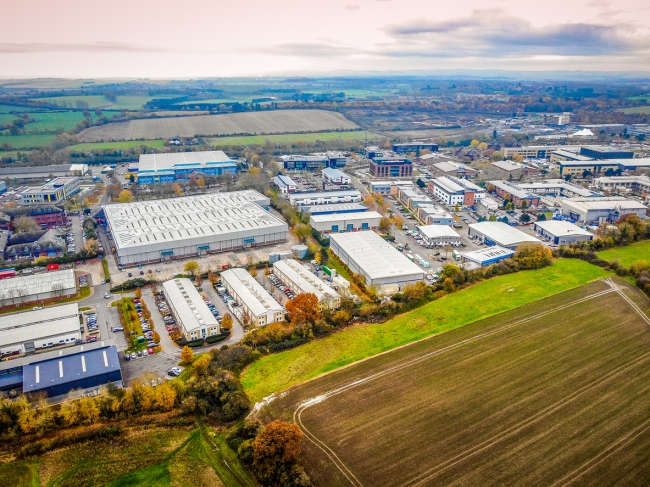3 minute read • published in partnership with ATS
Insight: Sustainability and manufacturing – net zero is the future
The UK has announced a target to bring greenhouse gases to net zero by 2050 and Scotland has committed to net zero by 2045. The UK has managed to reduce emissions by 42% by implementing government support for businesses that put their efforts towards achieving their net zero targets and various other initiatives. ATS looks at what this means for manufacturers.
Net zero means that the UK’s total greenhouse gas emissions would be equal to or less than the emissions the UK removed from the environment, which can be achieved by a combination of emission reduction and emission removal.
What net zero is made up of
There are different scopes of our emissions and how we can reduce them.
Scope 1 – would be manufacturing operations, which is directly under the businesses control.
Scope 2 – would be purchased energy which again is under the control of the businesses.
Scope 3 – which would be the value change. This, unlike the others is not directly under the businesses control as it depends on the supplier. However, the company can take control by ensuring that the supplier they choose to work with is conscious about their carbon footprint and ensuring that they are complying with government regulations.

Embracing a net zero strategy will improve sustainability within your organisation and improve profitability / Picture: Getty/iStock
Achieving net zero
The steps towards achieving net zero are long and are not a short-term fix, it is not a fad diet. It needs to become part of the day-to-day activities and be implemented for the long run. The first step towards achieving net zero is understanding it. We need to be able to record and report it first in order to establish a baseline. Only once a baseline is formed can we understand what is needed to progress forward with a plan. Once there is clear data on what we are doing, a plan can be formulated and implemented. This allows you to be able to set targets and what resources and models would be beneficial in the long term to achieving this for your company. Following this, the next stage would be to identify how this would benefit your company throughout the journey to achieving the targets set. Understanding which projects and technologies is another important step as this will help you reduce costs as well as waste if utilised correctly. Lastly, ensuring that there is a clear plan that can be measured as well as being transparent about the net zero goals with everyone in the organisation.
Reasons to move towards net zero
There are many benefits for organisations becoming ‘greener’. The first is that it would not only benefit the environment but also reduce operational costs, improve the core process and ensure that when energy prices increase and tax regarding emissions increases or changes this won’t heavily impact your company. Moving towards achieving net zero will improve your sustainability within your organisation as well as improve the health of the environment. Due to social changes, reputation is a large contributor to organisations working with you as well as how customers view you. Therefore, this is a good way to improve your bottom line. Moreover, green investments are growing and funding options in order to achieve these goals are increasing.
What’s stopping you? Go green.
